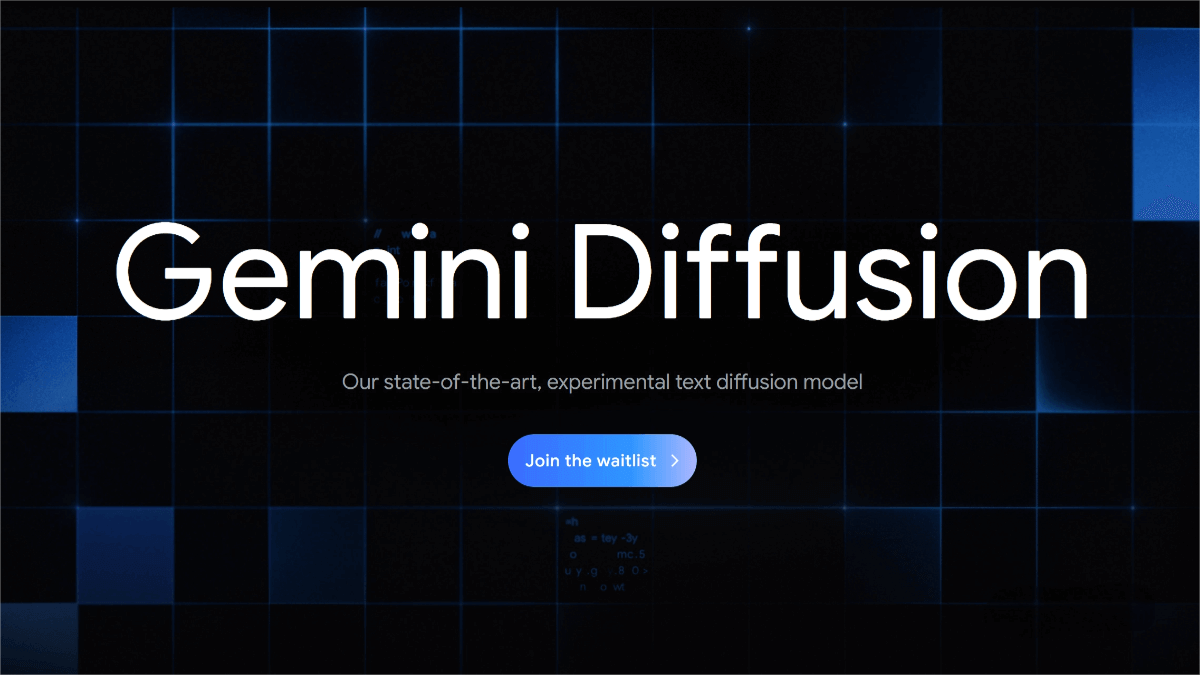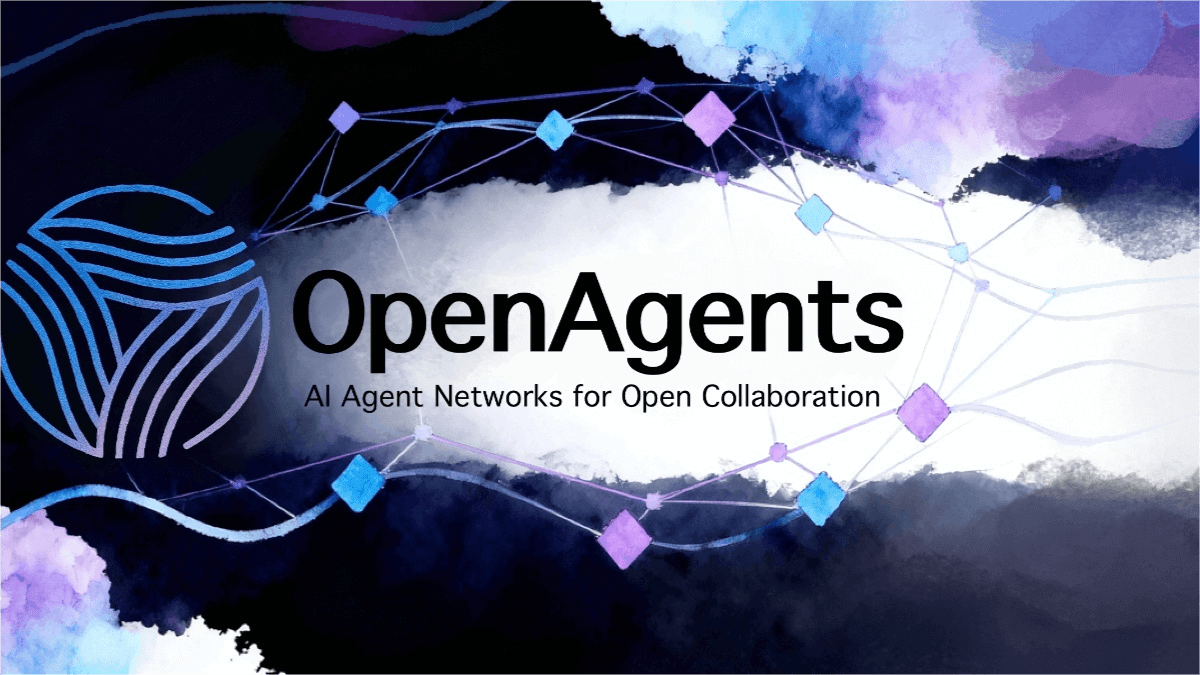Playmate – A Facial Animation Generation Framework Developed by the Quwan Technology Team
What is Playmate?
Playmate is a facial animation generation framework developed by the Guangzhou-based Quwan Technology team. It leverages a 3D implicit space-guided diffusion model with a dual-stage training framework to precisely control facial expressions and head poses based on audio and emotion prompts. Playmate enables the generation of high-quality dynamic portrait videos. Through a motion disentanglement module and an emotion control module, Playmate provides fine-grained control over video output, significantly enhancing video quality and emotional expressiveness. It marks a major advancement in audio-driven portrait animation, enabling flexible generation of expressive, stylized animations with broad application potential.

Key Features of Playmate
-
Audio-Driven Animation:
Generates dynamic portrait videos from just a static photo and an audio clip, achieving natural lip-sync and expressive facial movements. -
Emotion Control:
Produces emotionally expressive videos based on specific emotion cues (e.g., anger, disgust, contempt, fear, happiness, sadness, surprise). -
Pose Control:
Supports head movement control using reference images to generate a wide range of poses. -
Independent Control:
Allows independent manipulation of facial expression, lip movement, and head pose. -
Diverse Style Generation:
Capable of generating dynamic portraits in various styles, including realistic faces, cartoons, artistic portraits, and even animals—suitable for diverse use cases.
Technical Principles of Playmate
-
3D Implicit Space-Guided Diffusion Model:
Utilizes 3D implicit representation to disentangle facial attributes such as expression, lip movement, and head pose. An adaptive normalization strategy improves motion attribute disentanglement accuracy, ensuring more natural video output. -
Dual-Stage Training Framework:
-
Stage 1: Trains an audio-conditioned diffusion transformer that directly generates motion sequences from audio. A motion disentanglement module separates expression, lip movement, and head pose.
-
Stage 2: Introduces an emotion control module, encoding emotional cues into the latent space to finely control emotional expressiveness in generated videos.
-
-
Emotion Control Module:
Built on Diffusion Transformer (DiT) blocks, it embeds emotion conditions into the generation process. The model uses Classifier-Free Guidance (CFG) to balance output quality and diversity by adjusting CFG weights. -
Efficient Diffusion Model Training:
Employs a pretrained Wav2Vec2 model to extract audio features, and uses a self-attention mechanism to align audio and motion features. A Markov chain with forward and reverse steps adds Gaussian noise to motion data, and the diffusion transformer predicts the denoised sequence, generating the final motion output.
Project Resources for Playmate
-
Project Website: https://playmate111.github.io/Playmate/
-
GitHub Repository: https://github.com/Playmate111/Playmate
-
arXiv Technical Paper: https://arxiv.org/pdf/2502.07203
Application Scenarios for Playmate
-
Film Production:
Generates virtual character animations, enhances visual effects, and supports character replacement—reducing manual work and improving realism. -
Game Development:
Enables creation of animated NPCs and interactive story characters, enhancing immersion and interactivity. -
Virtual Reality (VR) & Augmented Reality (AR):
Powers natural facial expressions and lip-sync in virtual characters, virtual meetings, and social VR experiences to improve user engagement. -
Interactive Media:
Used in livestreaming, video conferencing, virtual influencers, and interactive ads to make content more lively and engaging. -
Education & Training:
Supports virtual teacher creation, simulation training, and language learning, making educational content more engaging and immersive.
Related Posts




